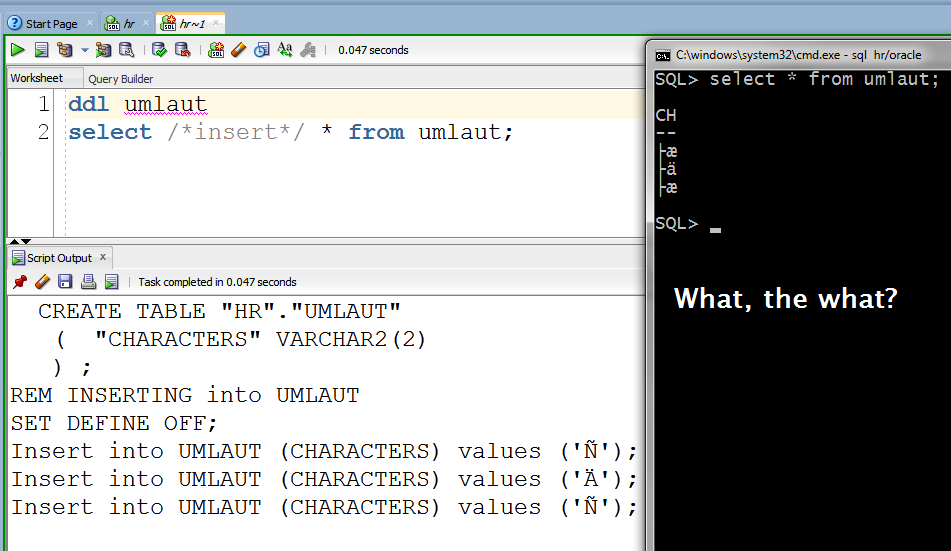

Shift-JIS is only one way of representing Japanese text as bytes. However, you could equally well save it as UTF-8 (prefixed with the 3-byte UTF-8 introducer sequence) and Notepad will also display it as Japanese.

If you write those bytes into a file, and then open the file in Notepad on a Windows computer where the regional settings are all Japan-centric, Notepad will display it in Japanese (having nothing else to go on, it will assume the text is in the system's local encoding). If a byte array contains non-Unicode text, you can convert the text to Unicode with one of the String constructor methods. To convert a String to Shift-JIS (a regional encoding commonly used in Japan) you can say: byte jis = str.getBytes("Shift_JIS") Java Unicode invertKanaCase(String result) Java Unicode String check the parameter has. Java 1.0 used Unicode version 1.1, while Java 1.1 has adopted the newer Unicode 2.0 standard. Java Unicode String Replace characters in UTF-8 character encoding Java Unicode String Transforms a provided String object into a series of unicode escape codes. Java uses the Unicode character encoding.

If you convert to bytes in an encoding, you should read those bytes with the same encoding. Java Unicode String Parses the given string representation of a date and returns a Date object. Your method says: turn the string into bytes using my system's character set (whatever that may be), and then try and interpret those bytes using some other character set (specified in newCharset), which therefore probably won't work. They use Unicode and so can represent all characters, not only one regional subset. String objects in Java are best thought of as not have a specific character set. This terminology and semantics easily confuse many beginners.Your changeCharset method seems strange. This standard includes roughly 100000 characters to represent characters of different languages. Unicode is a 16-bit character encoding that supports the worlds major languages. Unfortunately, when we deal with objects we are really dealing with object-handles called references which are passed-by-value as well. Unicode is a universal character encoding standard. In the Java programming language char values represent Unicode characters.


 0 kommentar(er)
0 kommentar(er)
